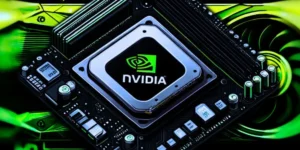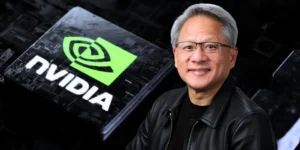For years, motherboards were often seen as a secondary component, just a necessary platform to plug in your CPU and RAM. But in today’s high-performance computing, streaming, content creation, and gaming, the motherboard is no longer just a supporting actor. Its features now play a critical role in overall system performance, stability, and future-proofing, making paying attention to what it offers more crucial than ever.
More Than Just CPU Compatibility
A motherboard must support your chosen processor, but modern boards do much more. They determine power delivery efficiency, overclocking potential, and even thermal performance. A higher-end motherboard with quality VRMs and cooling design can maximize CPU performance and stability, particularly for power-hungry chips. For enthusiasts and professionals, this alone can make or break a build.
Connectivity Defines Capability
With more peripherals, faster storage, and versatile external devices, connectivity has become key. Motherboards now offer features like USB4, Thunderbolt, Wi-Fi 6E, and 2.5Gb Ethernet, which directly impact your system’s use. Choosing a board with the right I/O can future-proof your setup and avoid the need for expansion cards later on.
Storage and Expansion Flexibility
The rise of NVMe SSDs and PCIe 4.0/5.0 devices means storage speed and bandwidth are critical. A good motherboard provides multiple M.2 slots, robust PCIe lanes, and flexible RAID options. For gamers and content creators, this can mean faster load times, better streaming performance, and smoother multitasking with heavy files.
BIOS Features and Quality-of-Life Enhancements
BIOS features like Q-Flash, debug LEDs, flashback, and fan control add real value, especially for DIY builders. Premium boards include reinforced slots, better capacitors, and quality onboard audio. These are not flashy extras; they improve system longevity, ease of troubleshooting, and user experience, especially when pushing hardware to its limits.
Conclusion
In the past, users could get away with cutting corners on motherboards. Today, that’s no longer the case. A motherboard does far more than connect components. It defines the ceiling of what your PC can do. With increasing demands from modern applications and hardware, investing in a well-featured motherboard is no longer optional. It’s essential for performance, stability, and future readiness.










